So we’re traveling in the Outback. In the Outback of Australia that is the subject of many stories.
The vast, arid landscape that has inspired myths and legends covers an area more than 15 times the size of Germany and comprises 70 per cent of the Australian continent. Yet despite this barren appearance, the outback is full of life and beauty. The vast area is extremely sparsely populated, with less than ten per cent of the 26 million Australians living in the outback. We hear and read about cyclists who almost die of thirst, about the bushfires that suddenly occur, about the torrential rains after which, if you are not caught up in the torrent, you may find yourself on some kind of island.
We get so many warnings about the outback that it slowly starts to worry us too!
We enquire further, have an app that displays the bushfires and another that guides us to the spots where we can get water. And, we have Christian. He lives on the east coast and is our weather man with whom I am in contact via Messenger (we don’t know him personally yet). His comments about the possible rain reassure us and help us plan the next stages. We are prepared. And let’s not forget the insane truck drivers in their road trains, who, as if pursued by the devil, show no consideration for anything or anyone. Trucks that can be up to 50 meters long. Road trains will take a long time to come to a standstill and may swing out meters at the rear end. And of course they are considerate of us. Far more than we have experienced in other countries.
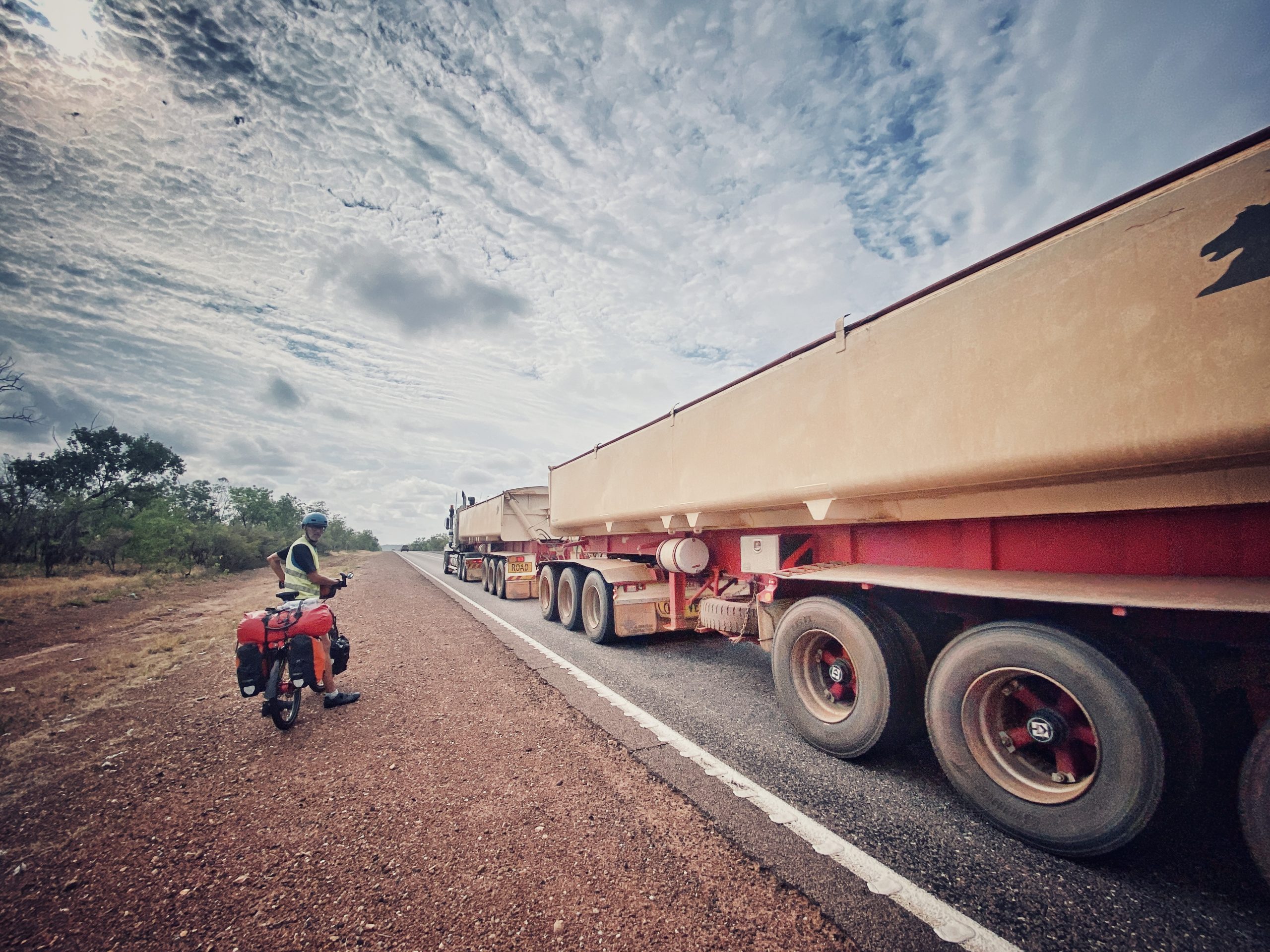
What we are not prepared for…
What we are not prepared for is this beauty here in the outback. It’s magical, a little mystical and simply unlike anything I’ve ever seen before. We quickly realize that the stories of cyclists “dying” of thirst are part of the pomposity or stupidity. Of course, there isn’t a water point every 5 kilometers and yes, the sun is blazing down from the sky. At least for us, with so much experience by now cycling different countries, it’s just a question of organization. We know how much water we need per day in these temperatures. And we know when it’s better to stop riding and stay in the shade for the rest of the day. 100km without a water point means about 3 stages, so 15 liters of water for everyone. On the first and third day we will at least get water again on site.
All the advice is kindly meant, I know. And of course we listen to them, but then we decide if it might be only one of the stores which maybe happened once in a decade or wether we should rethink our next stage.
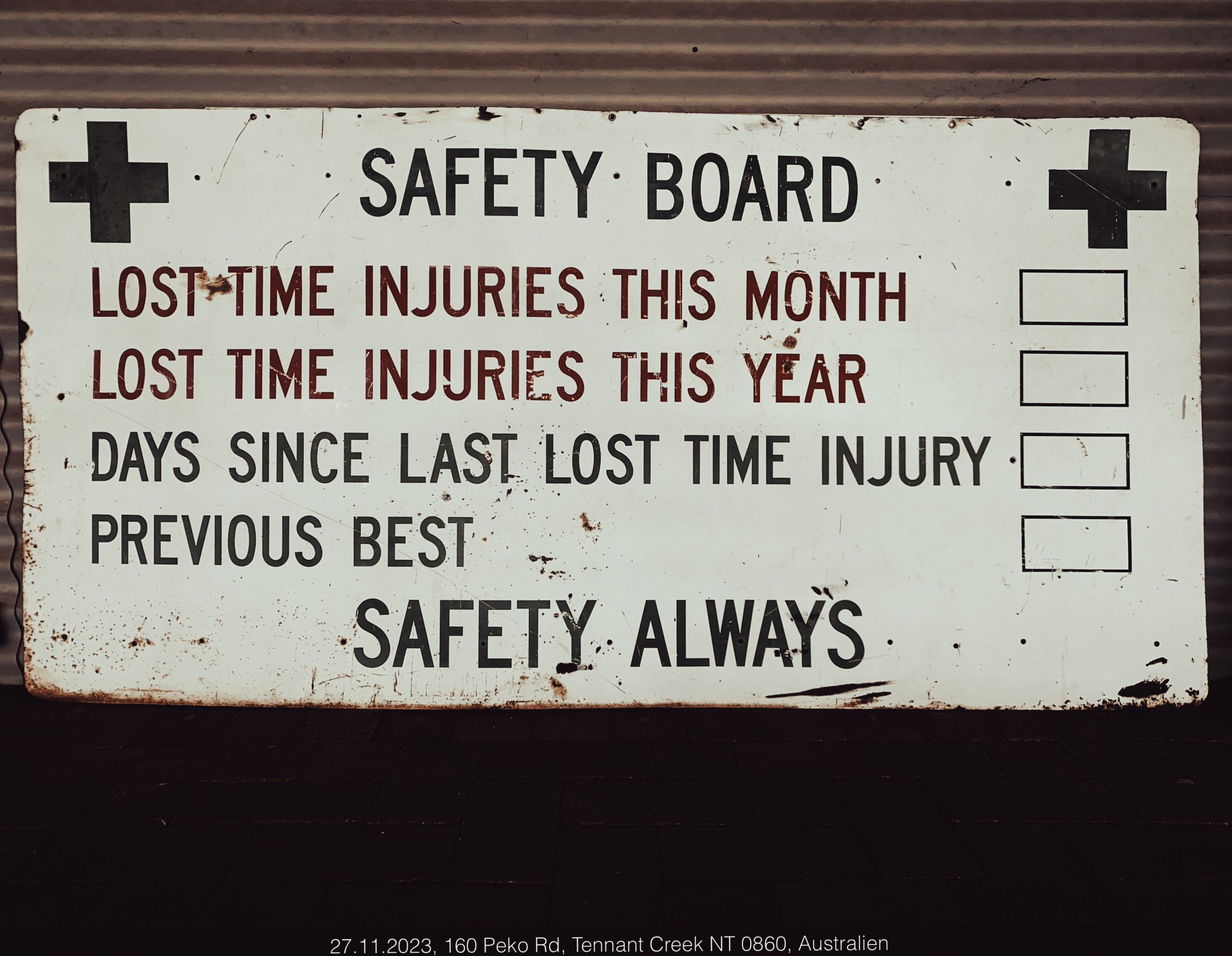
Somehow, we always depend on help from others
Of course, we also realize that if something unexpected happens in between, we are dependent on help. But that was always the case at all times on this journey. Not infrequently, help would be or was far away. It was just perhaps not so obvious.
The difference to other situations is that here in Australia we are in a developed country. And we didn’t have a single day when someone wasn’t constantly driving past us. In a forest on some sandy tracks, help would have been far away. Or in the desert in the Emirates, nobody passed us. Here, people know what to do when help is needed and it was precisely this thought that made us feel safe. Very safe. And that’s exactly what we hear again and again, that people here are there for each other. The truck drivers sometimes transport urgently needed spare parts and the Greyhound bus is also the postman.
There is peace, contentment and friendliness
We are only traveling a small part of this fascinating region. Once again, we won’t be visiting any real tourist destinations. But what we experience is amazing. The outback is more than just a landscape, a region far removed from civilization. The outback tells a story. A story about exploring this continent, but also about what is really important in life. We are traveling in the Northern Territory.
What is so fascinating about this unreal and merciless landscape? What is the outback for me? What fascinates me about it?
It’s the solitude, the adventure, the endless expanses, the silence, dark nights under a twinkling starry sky and, of course, the incredibly beautiful unspoiled nature. The flies are also part of the outback, as are the wallabies and other wild animals. It is the sum of many small things that make up the fascination of the outback. If you haven’t felt the outback, you haven’t seen it and you haven’t experienced it. Here you have to learn to respect the forces of nature.
And then the stories about the settlers trying to tame this land or the stories about the attempts to roam this piece of land in search of waterholes. We keep reading about the people who were the first to climb 8000 meter mountains, but never about the people who were the first to try to cross this land. Today, it is no longer so much of an adventure when you drive through the country in an air-conditioned car with all kinds of cold drinks and tinned food on the perfect road and can call for help at any time with your radio.
The outback means something different for everyone
But outback is also an ill-defined term, both spatially and literally. The regions that lie far away from civilization are called the outback. It is an infinitely vast area in which the enormous distances, the unspoiled nature and the enormous expanse are deeply impressive. But it is also the tenacious settlers of the early years who tried to survive in this unreal harsh landscape by rearing cattle, sheep and camels. The assertiveness, passion, camaraderie and helpfulness are still part of the Australian identity today. And we are able to experience this, even though we are only travelling through such a small part of it and the part that is not so lonely.
The history of the outback is rich in legends about bushrangers and heroic pioneers
Even today, stories are still told about the gold rush, farmers and Aboriginal myths. Huge cattle ranches covering over a million hectares, farmers own aeroplanes or helicopters, trucks and round up their herds from the air or on motorbikes, quads or pick-ups, the doctor travels by plane and children are taught by radio and satellite TV. The people in the outback have learnt to respect the forces of nature, the heat and cold, the danger of crocodiles and other dangerous and poisonous animals and the loneliness! And they have made a life out of it! The people and the landscapes are fascinating, and the legends bring it to life.
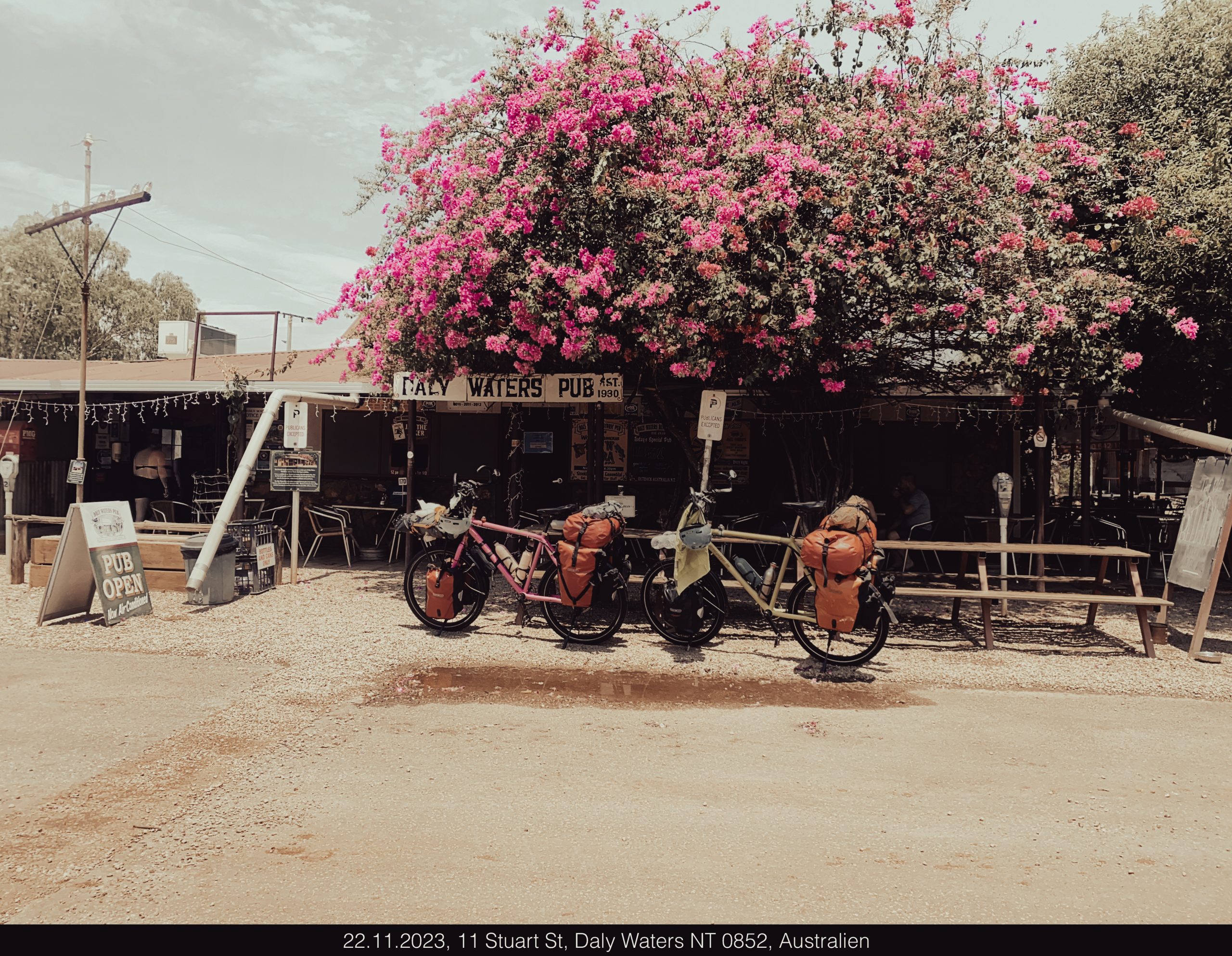
I wonder if the silence drives people crazy?
In a shop, the first and only one in 100 kilometers, the lady behind the counter asked, more rhetorically, whether it wasn’t nice to finally talk to a person again? It was indeed nice. And yet it almost seems that this silence doesn’t drive people crazy. On the contrary. It makes them content and it seems to be their idea of freedom. At another pub, another 100km away, the Greyhound bus had just passed by and was delivering the mail. The 5 people sitting around there were probably waiting for it and used the time for a chat and a beer. It really was just like one of those Wild West films when the sandy streets are empty because a duel is about to take place. The only thing missing was the suspenseful music.
Did you have any good rain today?
The only thing we heard the bus driver and postman say was: Did you have any good rain today? And in that special Australian English. A question that is probably quite natural after months of drought. The long-awaited rain is what you wait for here. Every day. Everyone went on their way and we stayed behind with the lady in the pub. In fact, we didn’t see anyone else that day. We had the best night there in our tent in the outback.
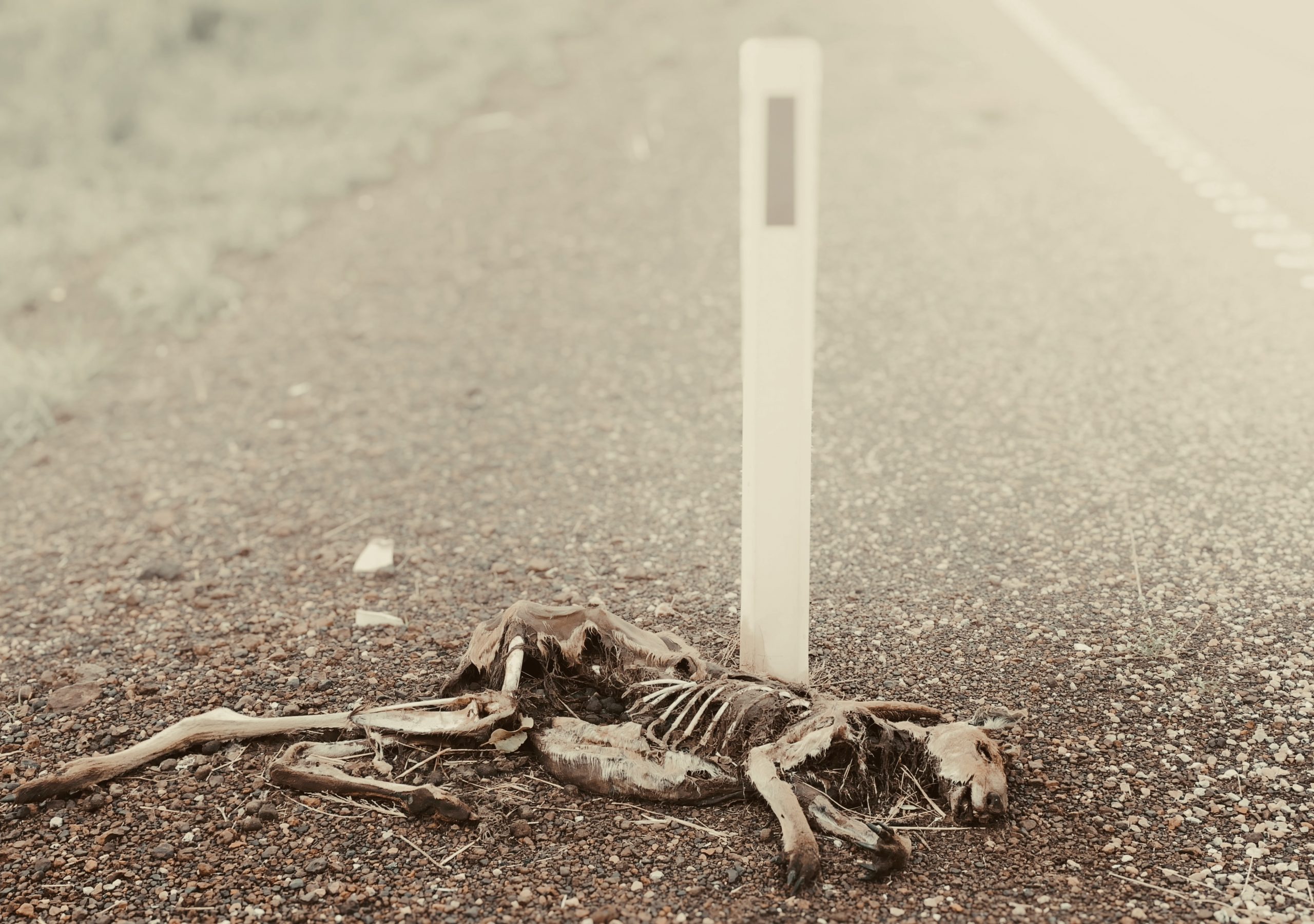
Kangaroos: the cutest animals ever!
When I see photos of people in Australia, of course I always see the cute kangaroos.
Of course, not the ones of the countless dead animals lying by the roadside: kangaroos, wild boars, birds and cows. In the dry season, they come to the roadside at night. Dew develops there. So there is at least a small supply of food there. Unfortunately, evolution has not taught them that cars kill. But we also see crosses again and again. Once it seems to have hit a whole family. 3 children, 2 adults. Perhaps they fell asleep? Many signs warn us not to take enough time for a rest. I don’t get bored, so no danger of falling asleep on the bike. But of course I can imagine how monotonous it must be in the car.
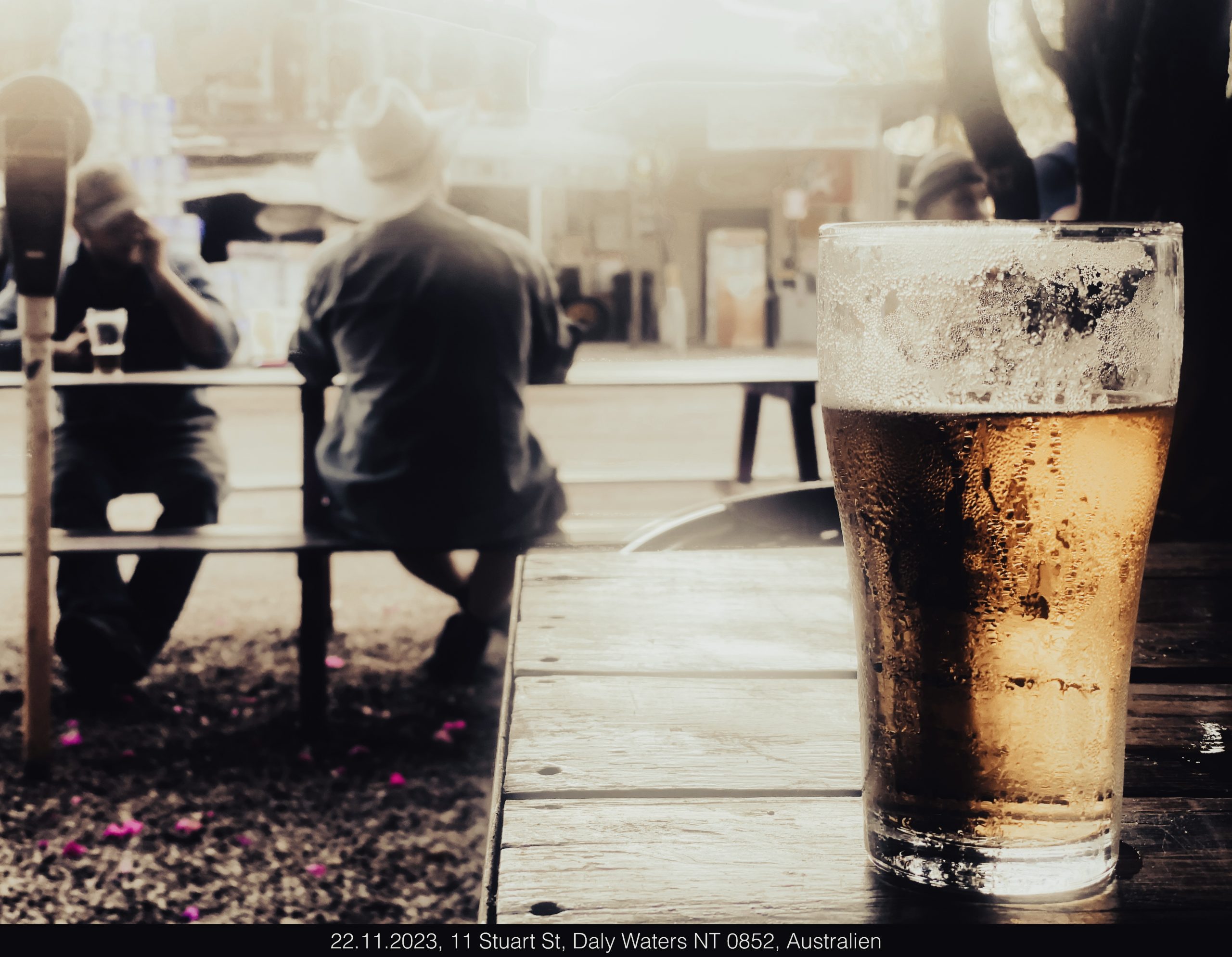
Something more we faced in the outback
Well, and then there’s the alcohol consumption, which is not insignificant in this country. We were supplied with beer and rum and coke on the route. It’s a bit strange, but the way alcohol is consumed is a completely different story to ours. Often forbidden in the towns or outside the pubs, but plenty in all the authorized places. And I have to admit that nowhere else has a fizzing cold beer tasted as good as it does here.
I also see the archetypes that are linked to emotions and associations that exist in mass culture: the tracker, the cowboy, the shearer, the drover. But these clichés can also be found. The helicopter that drives the herds together, the cowboy hats, the extra canisters that are filled at the petrol station and the tough guys who sit together at the only pub in the evening and drink their beer. Actually speaking to each other little or not at all.
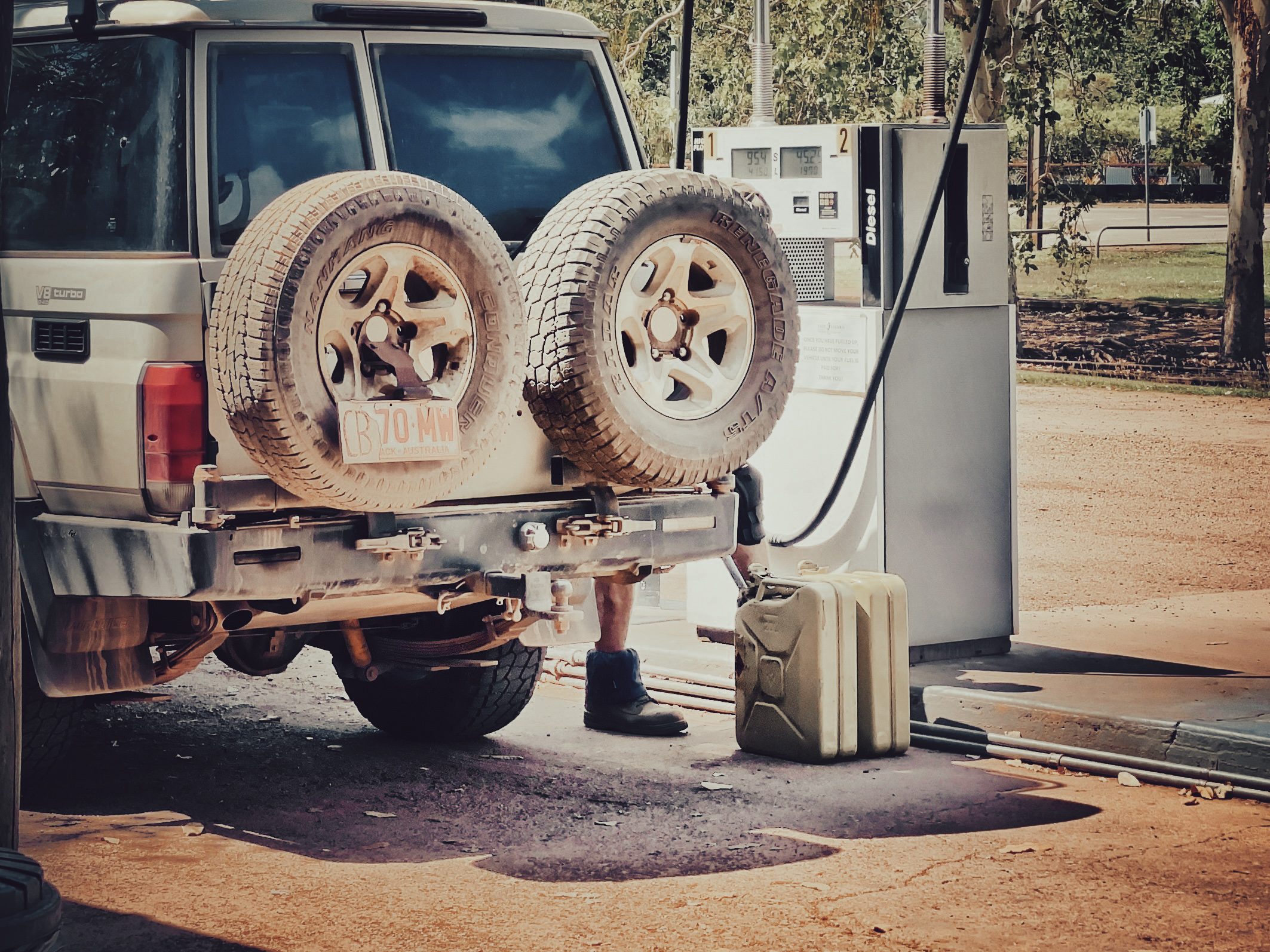
I am overwhelmed by all this symbolism, but I also try to see the other side
Something that is almost impossible in such a short time. We are confronted with a kind of outpost mentality: having to fend for ourselves as white people on land that – relatively speaking – was the land of the Aborigines just a short time ago. Most of the Aborigines we meet are those who have not found their way into the white man’s world, because they are hanging around on the streets.
Australia, a land that was ultimately stolen from its original owners. This experience is still deeply ingrained in bush culture, even though there has been some rethinking in the last 20 years and land rights have been returned. The relationship between whites and Aboriginal Australians is sombre and tense. No matter where you are, whether on the bus, in the shop or at the petrol station, you sense this strange distance. The white people are very friendly towards the Aboriginal people, but with a good dose of indifference and reserve. A tension that needs to be kept at a level that doesn’t lead to conflict.
Racism is a problem
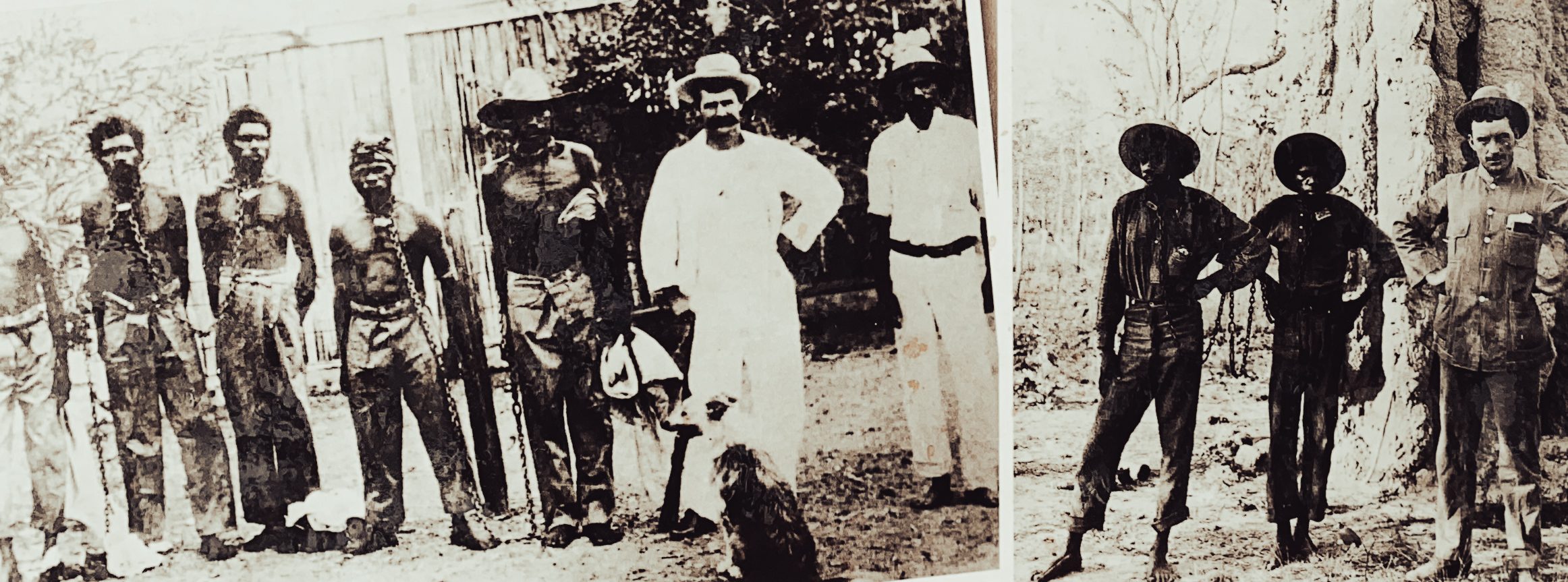
From 1788, Australia was treated by the British as a colony of settlement, not of conquest. Aboriginal land was taken over by British colonists on the premise that the land belonged to no-one (‘terra nullius’)
The colonisation of this land we now call Australia had a devastating impact on First Nations people, who have lived on this continent for thousands of years.
Prior to British settlement, more than 500 First Nations groups inhabited the continent we now call Australia, approximately 750,000 people in total. Aboriginal and Torres Strait Islander cultures developed over 60,000 years, making First Nations Peoples the custodians of the world’s oldest living culture. Each group lived in close relationship with the land and had custodianship of their Country.
Right at the beginning of our trip, we were told, without being asked, that the Aborigines lack a gene for solving maths problems. Of course, it’s hard to imagine that the problem is more to do with the fact that the children often don’t speak English well when they come to school and therefore don’t understand the tasks they are given and therefore can’t solve them.
The Aborigines make a huge contribution to tourism. It is their dream world that fascinates us, their connection to the earth, their art and their boomerang :-). A referendum in the last few months, which was supposed to give them more opportunities to have a political say on issues that concerned them, was rejected by 60% of the population. The white population. Instead of talking to the indigenous people, here, right-wing populism has led to people being frightened of possibly having too much influence. A lot of misinformation has been spread. I would have thought Australia would give its weakest a fair chance. But even if it didn’t work this time, at least they are talking about their national identity.
Drop-Bear, the killer koala in Australia
Watch out, they fall from the sky and eat people. Well, we haven’t seen one of those yet. A cat once fell on my head in Bali, honestly, but not a bear yet. But who knows, maybe it does exist in a country full of man-eating sharks, crocodiles and poisonous snakes. And then the following recommendation: Vegemite, generously smeared on the face, is the only effective deterrent for drop bears. But maybe a koala will just fall out of a tree?
This country is all about water, gold and cattle, but also about this Vegemite
Everyone knows it and seems to love it. Ever since we had to check in a small box of Vegemite as luggage at the airport (liquids are not allowed in hand luggage) and the lady at the counter, when we told her what was in the small box and explained quite seriously how we had to eat it, namely with toast and butter, we have known that Vegemite is a serious thing.
We brought it to a lady in Germany who was looking on an Australian forum for someone to come to Germany before Christmas. She wants to surprise her Australian au pair with it. We haven’t tried it ourselves yet. But we will. The experienced Bushmen are convinced that the drop bear exists, and maybe that’s why Vegemite is the most popular breakfast spread in Australia? I think anyone who survives Vegemite no longer needs to be afraid of the drop bear. Yes, we flew to Germany. My parents need a little help with their health. But we’ll be back.
What a country.

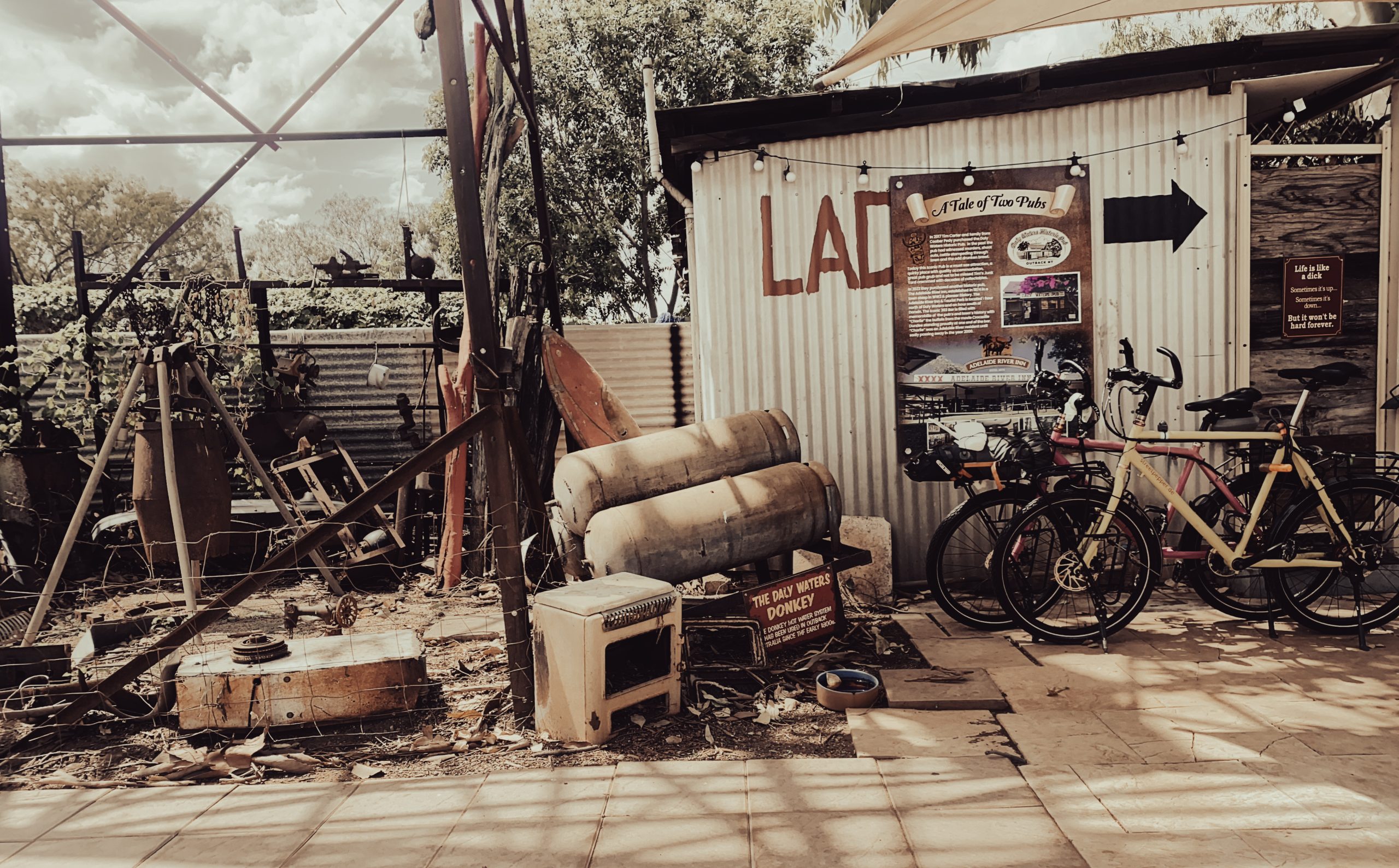
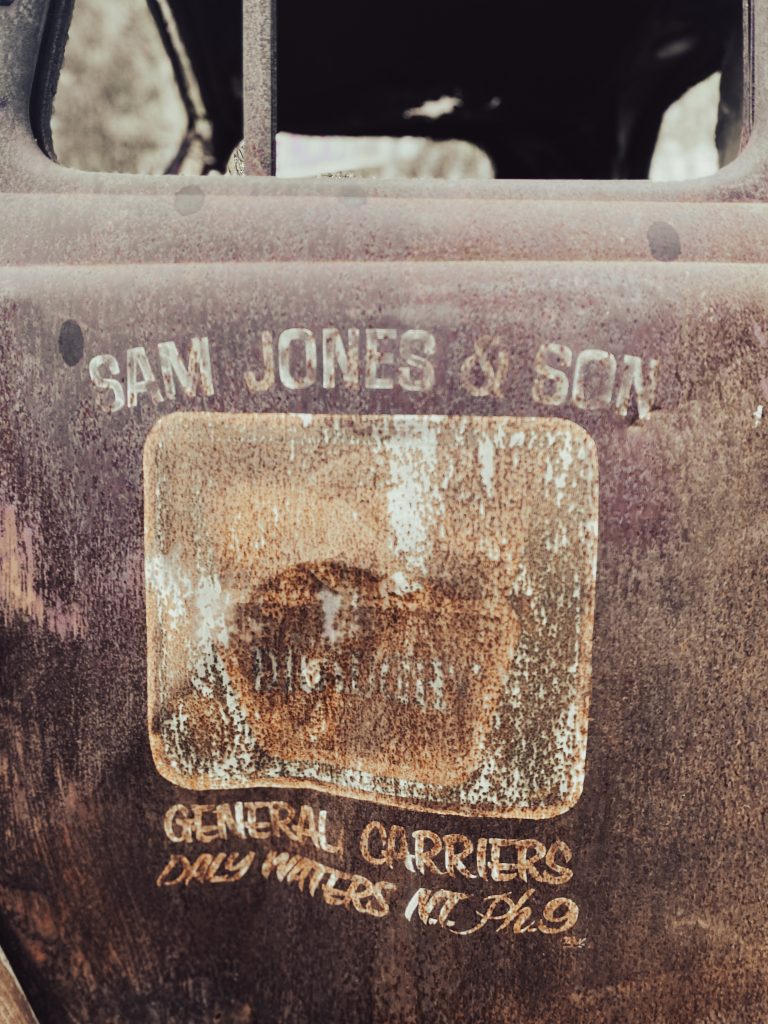
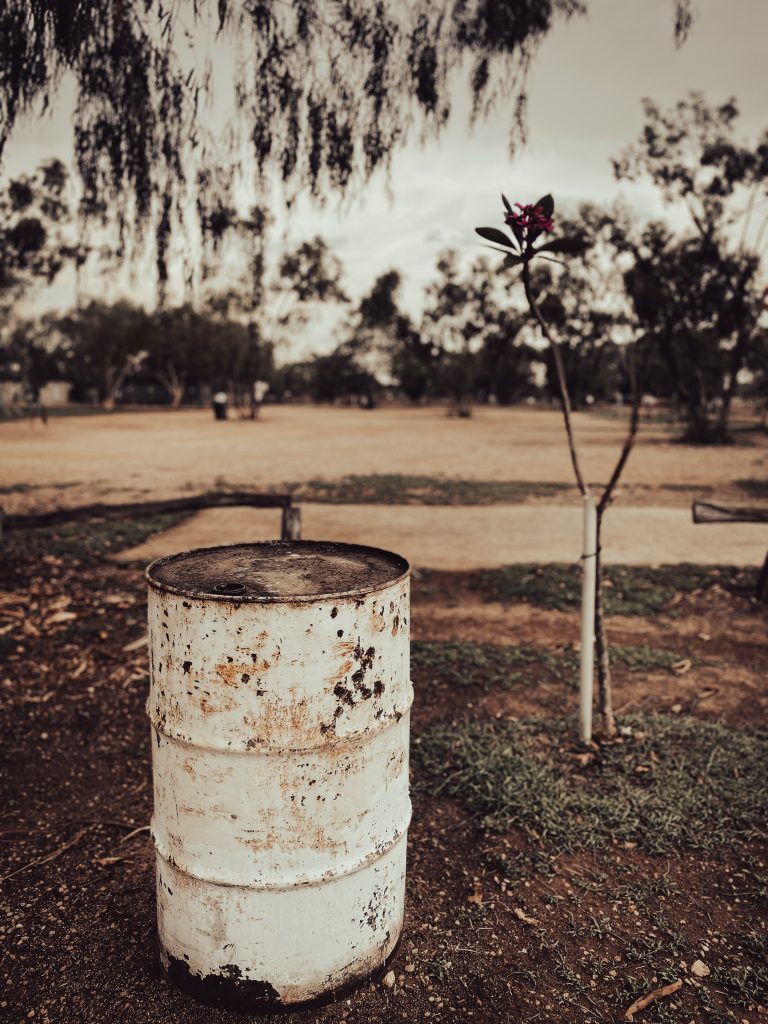
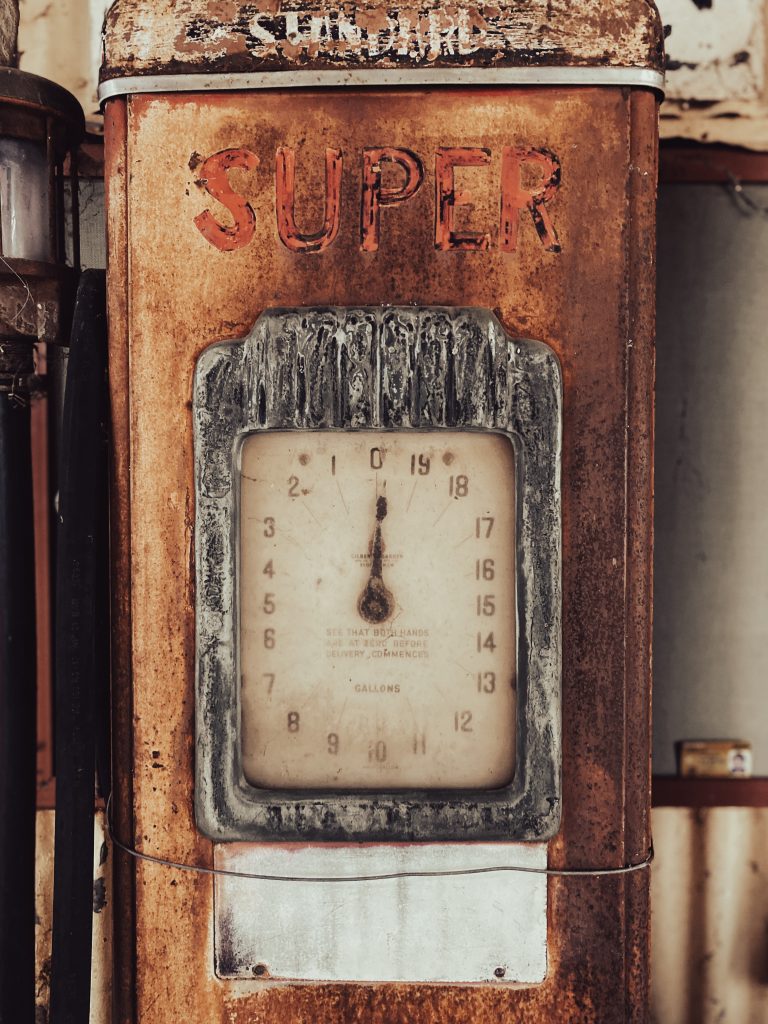
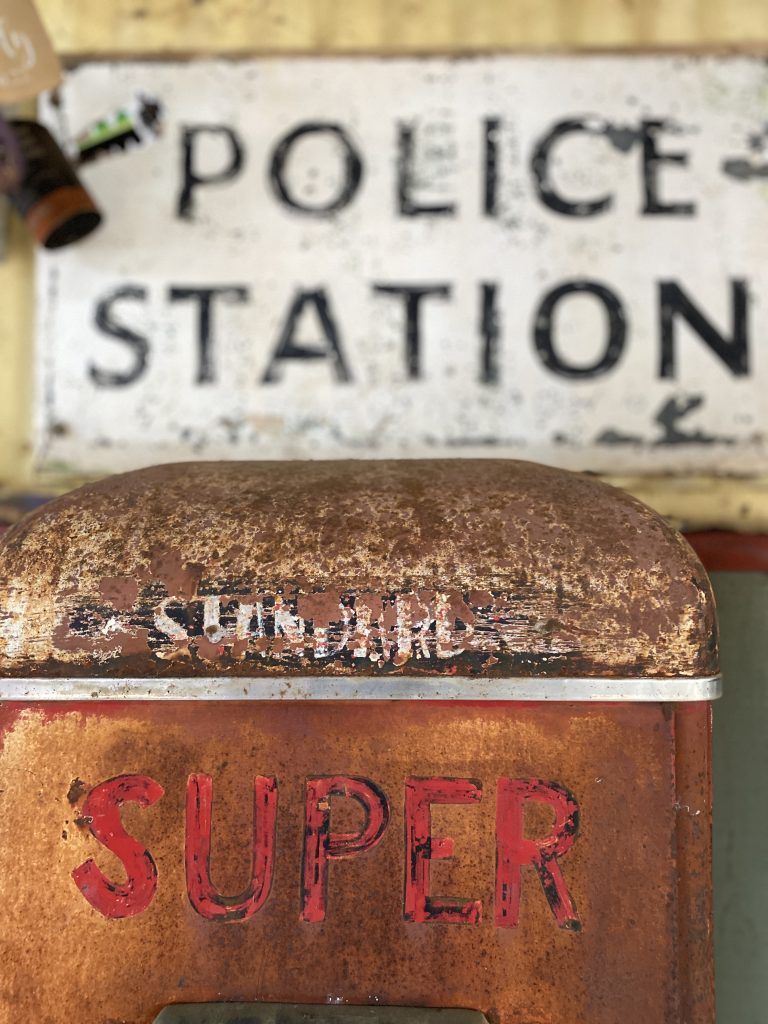
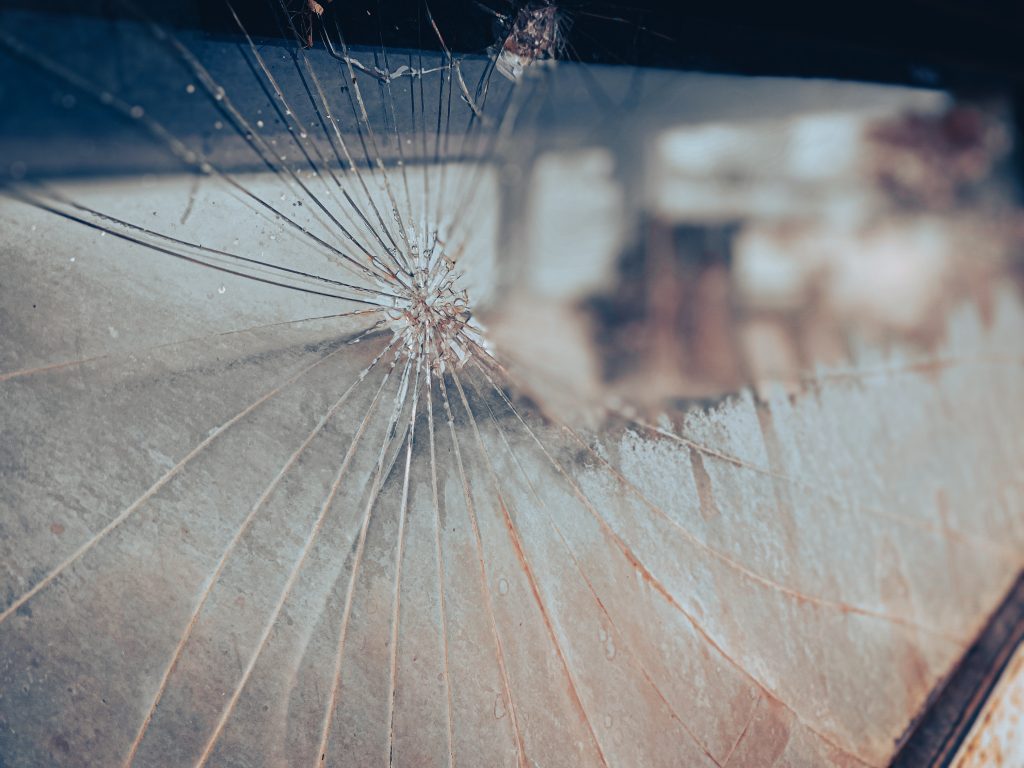
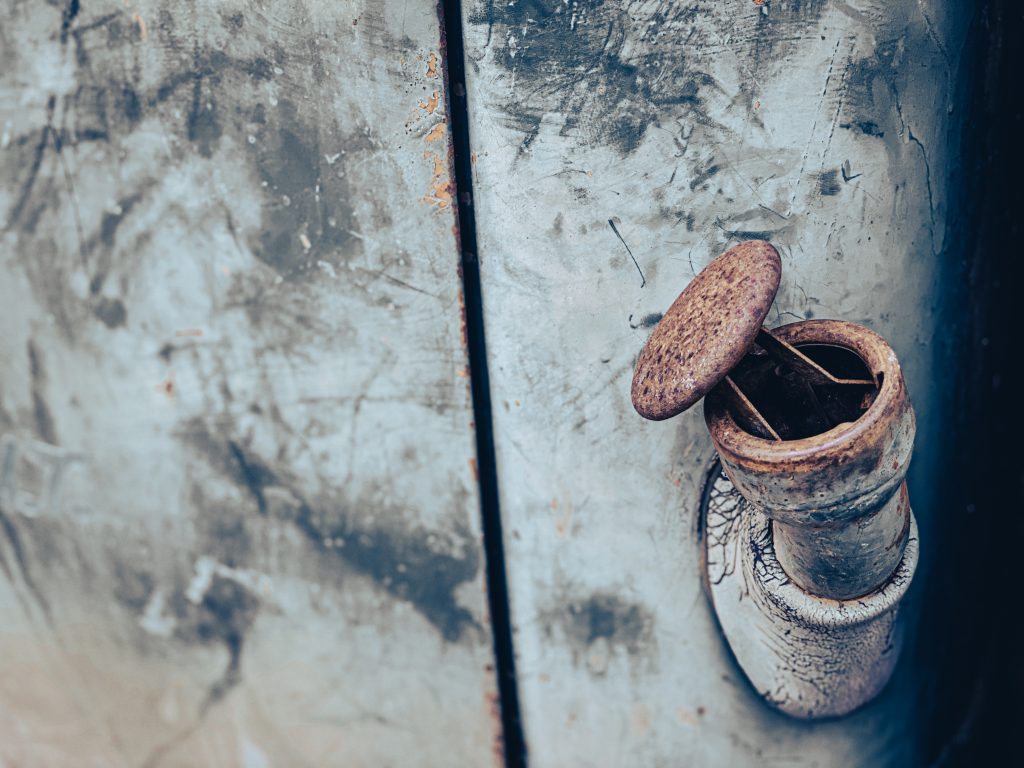
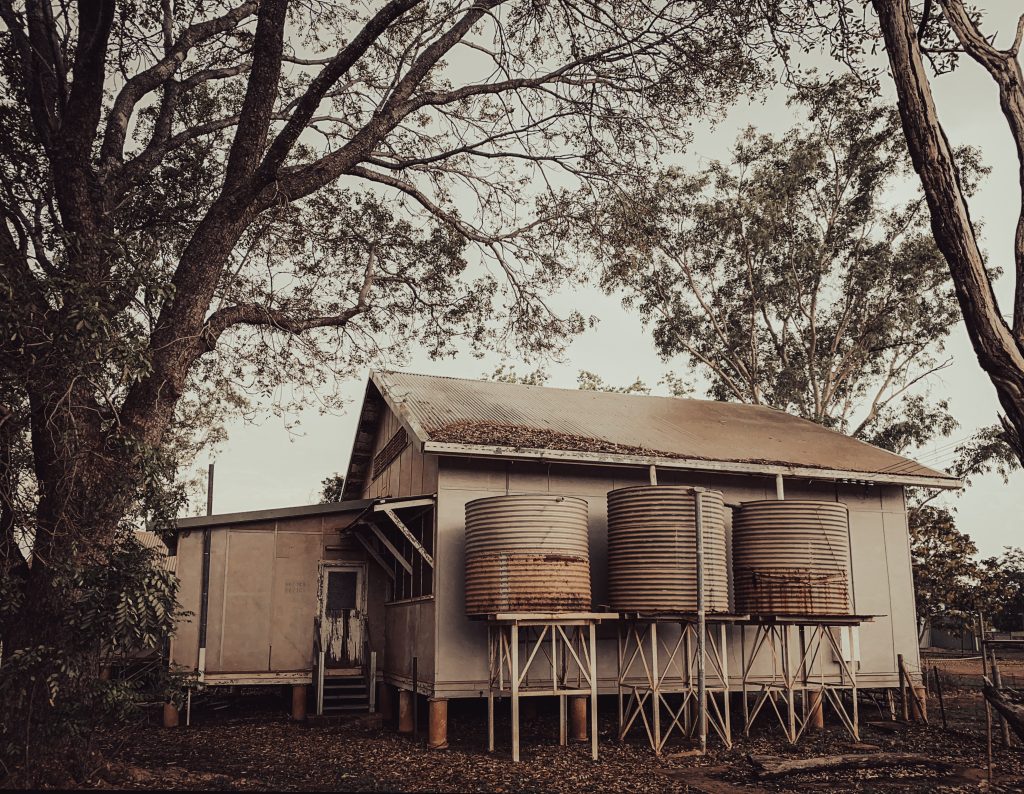
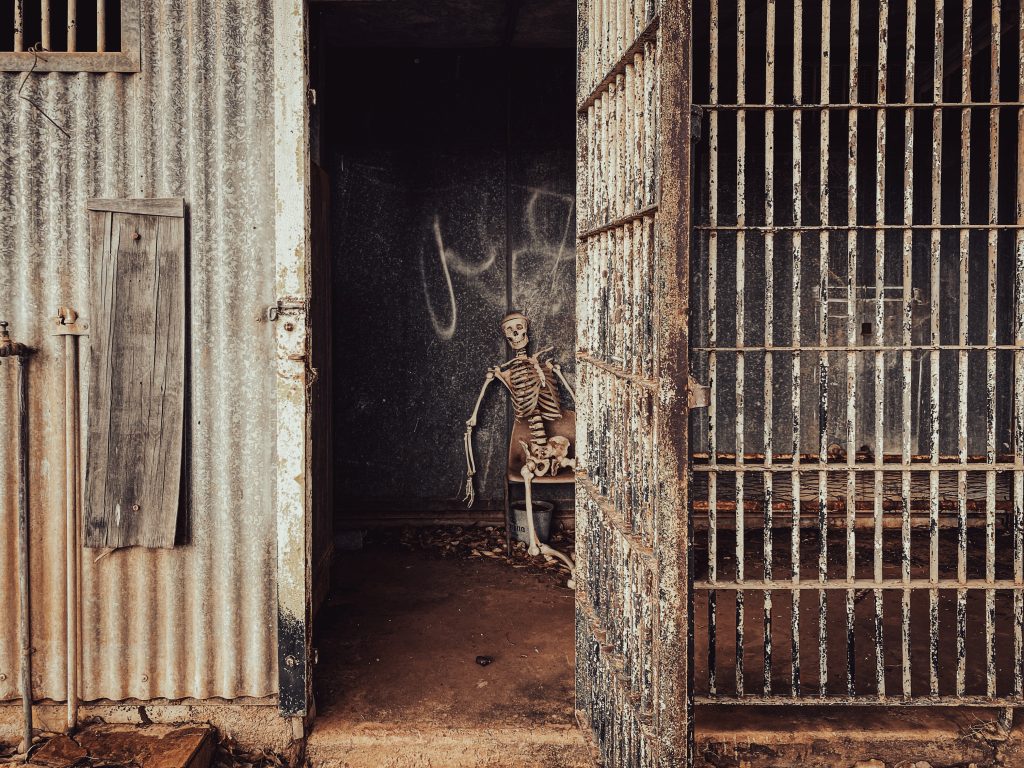
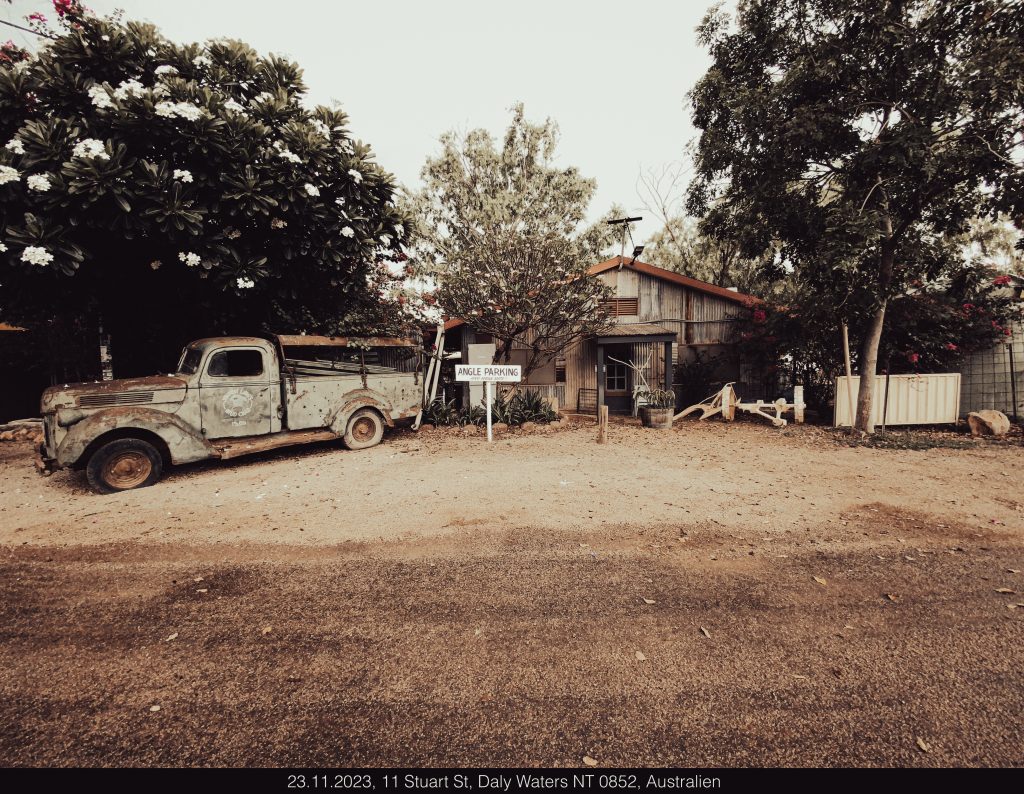
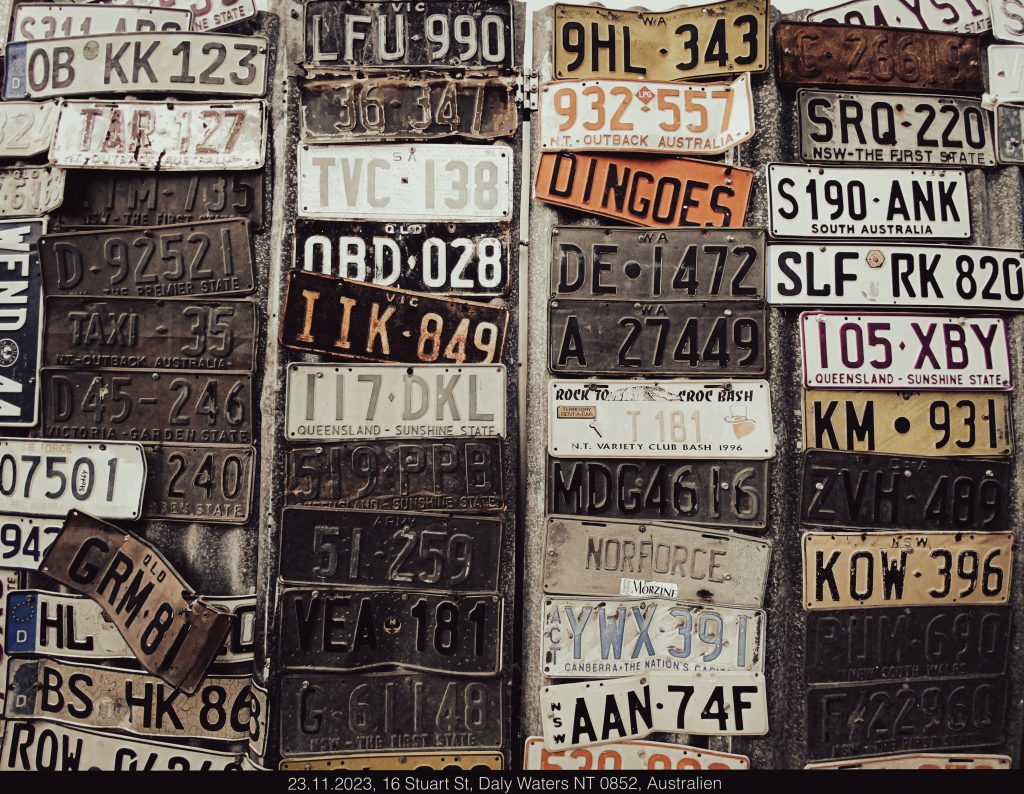
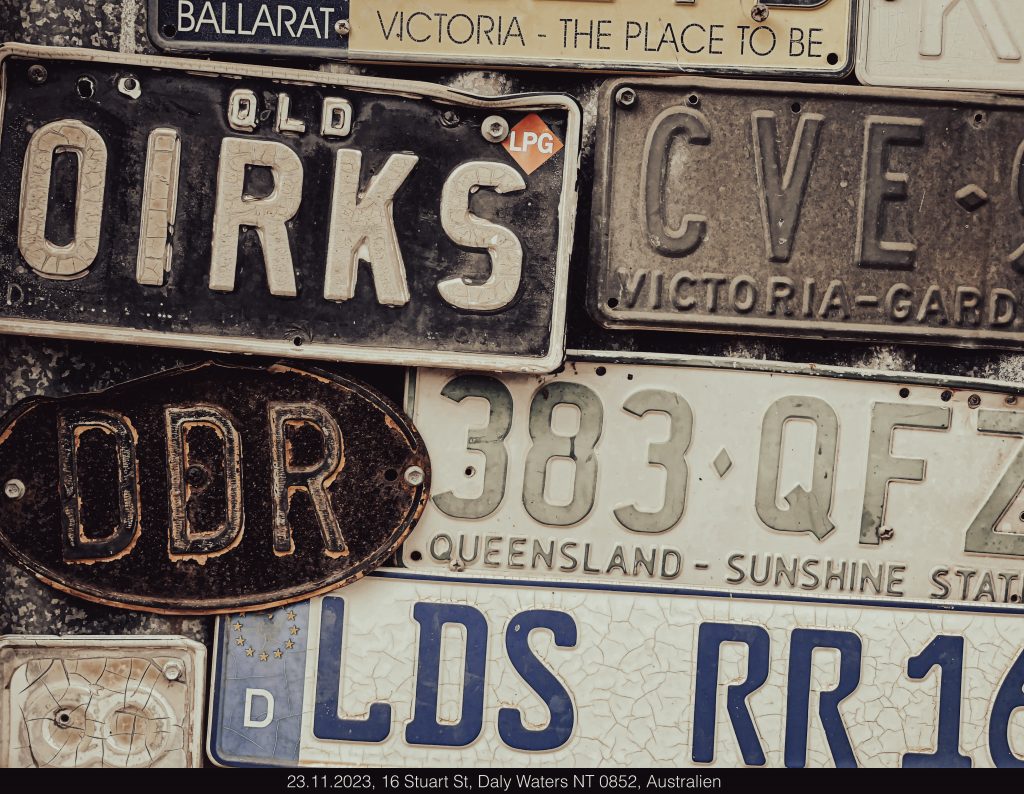
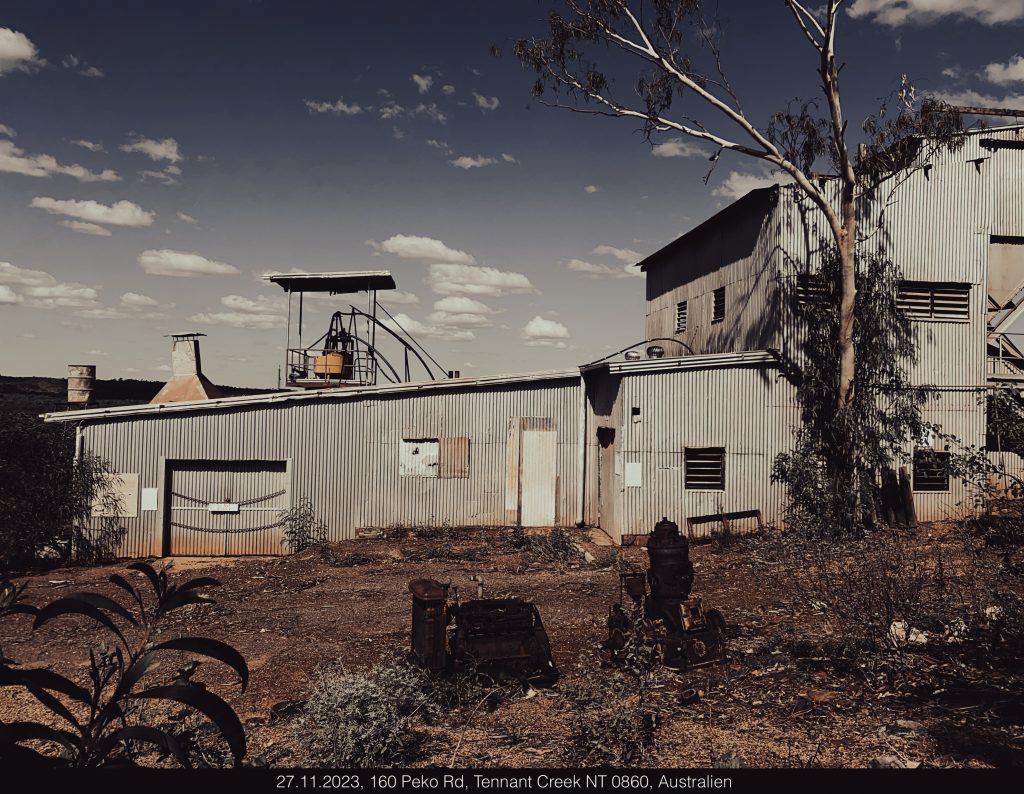
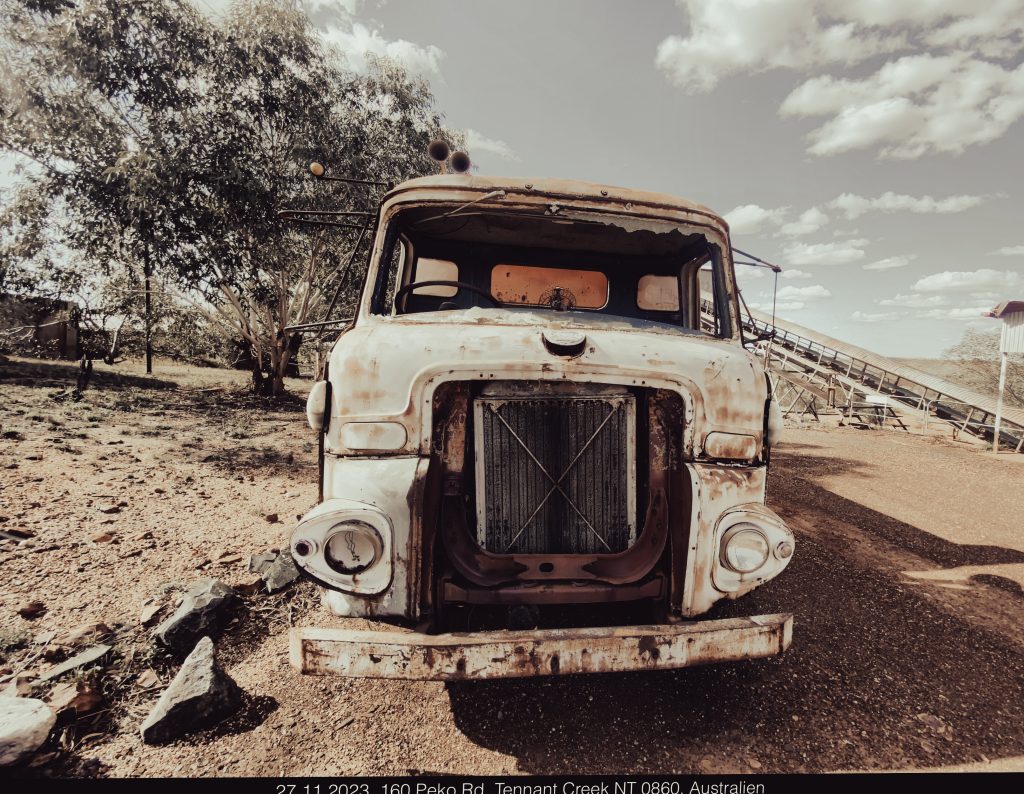
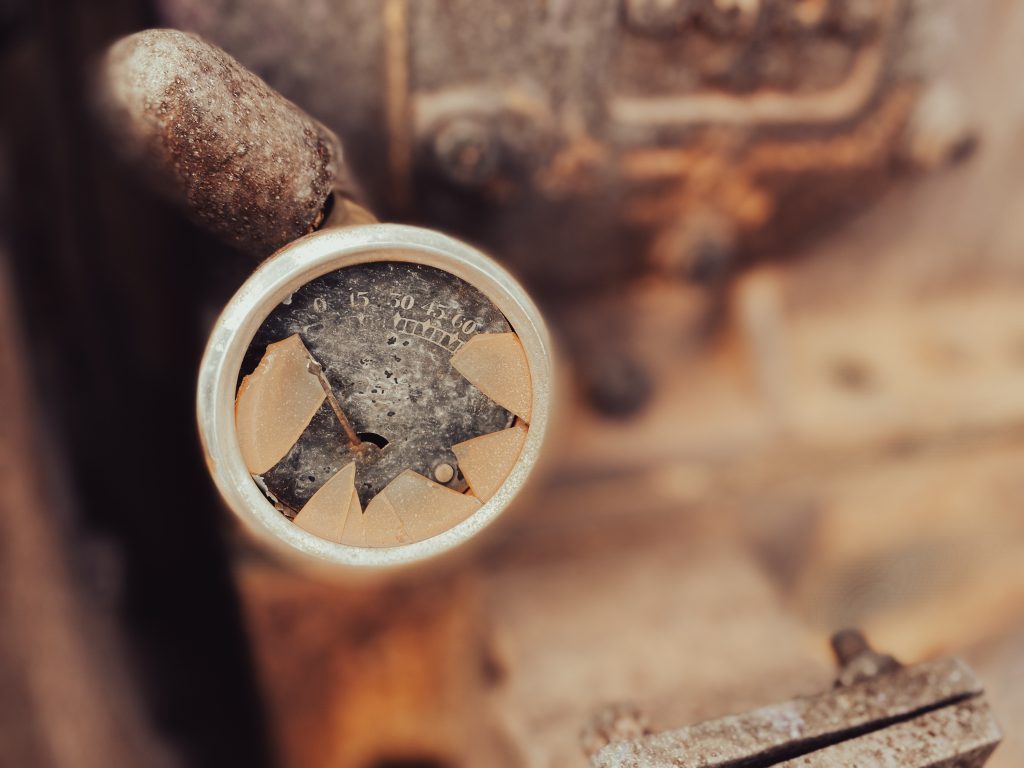
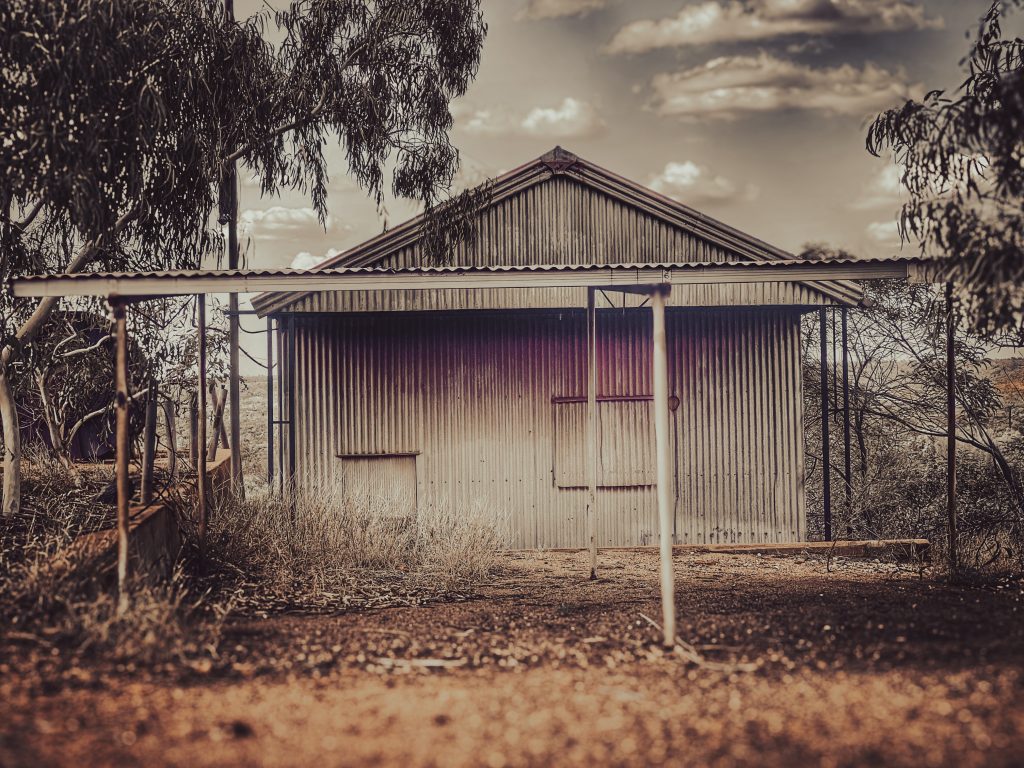
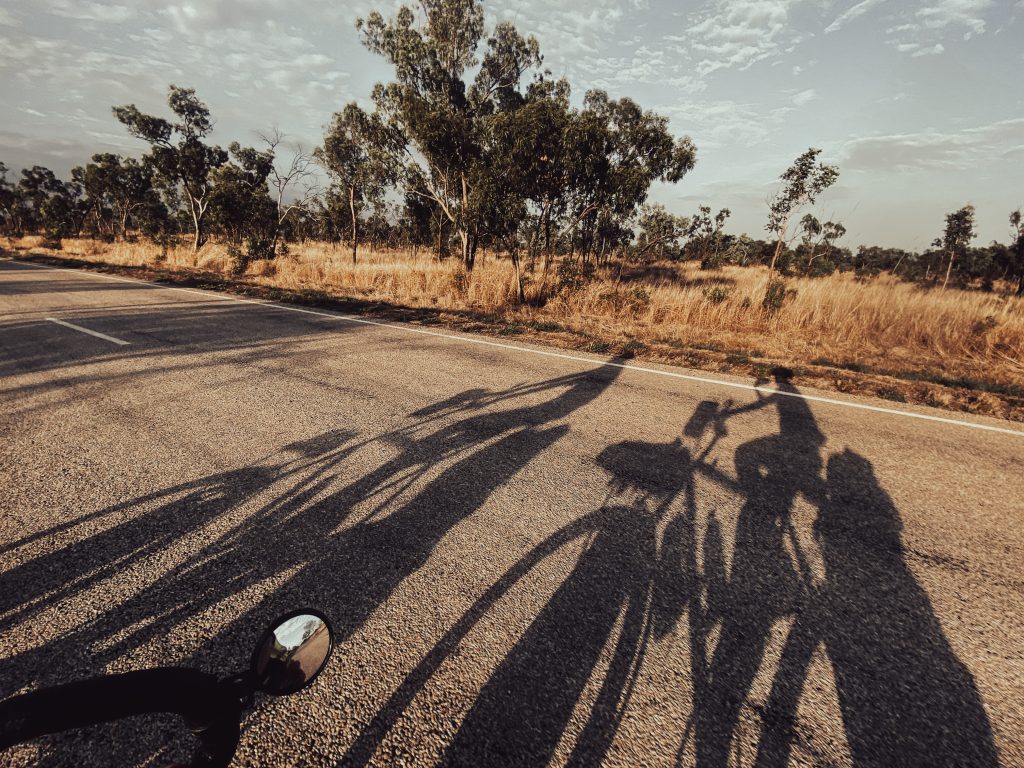
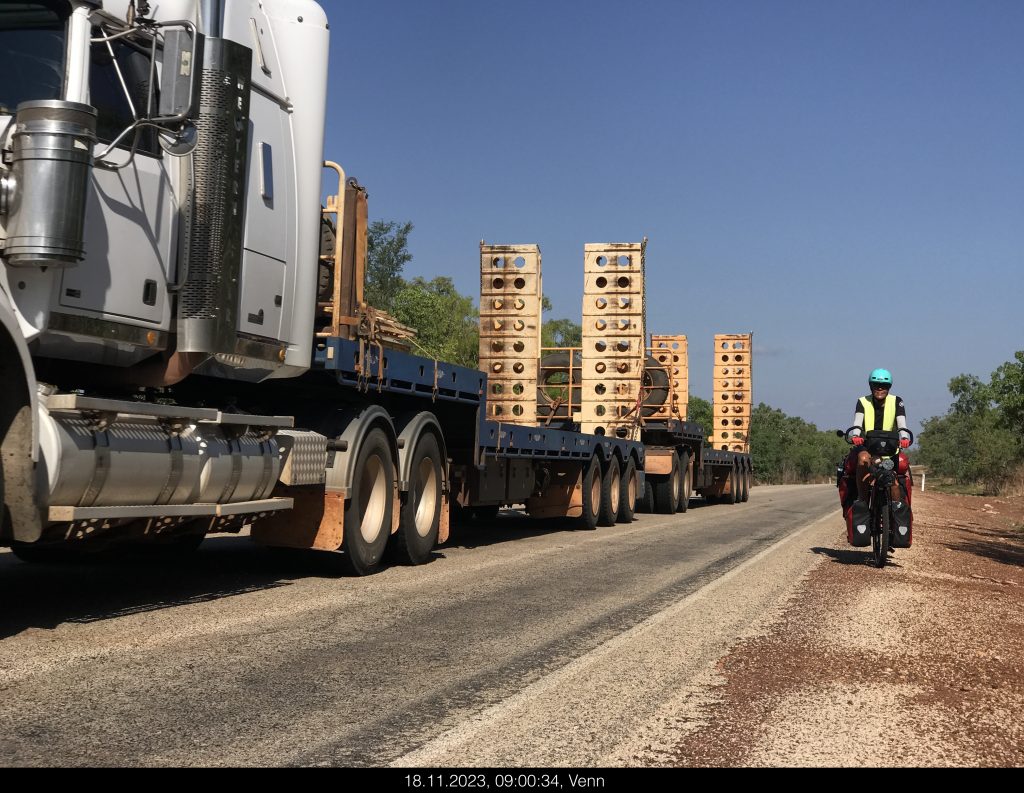
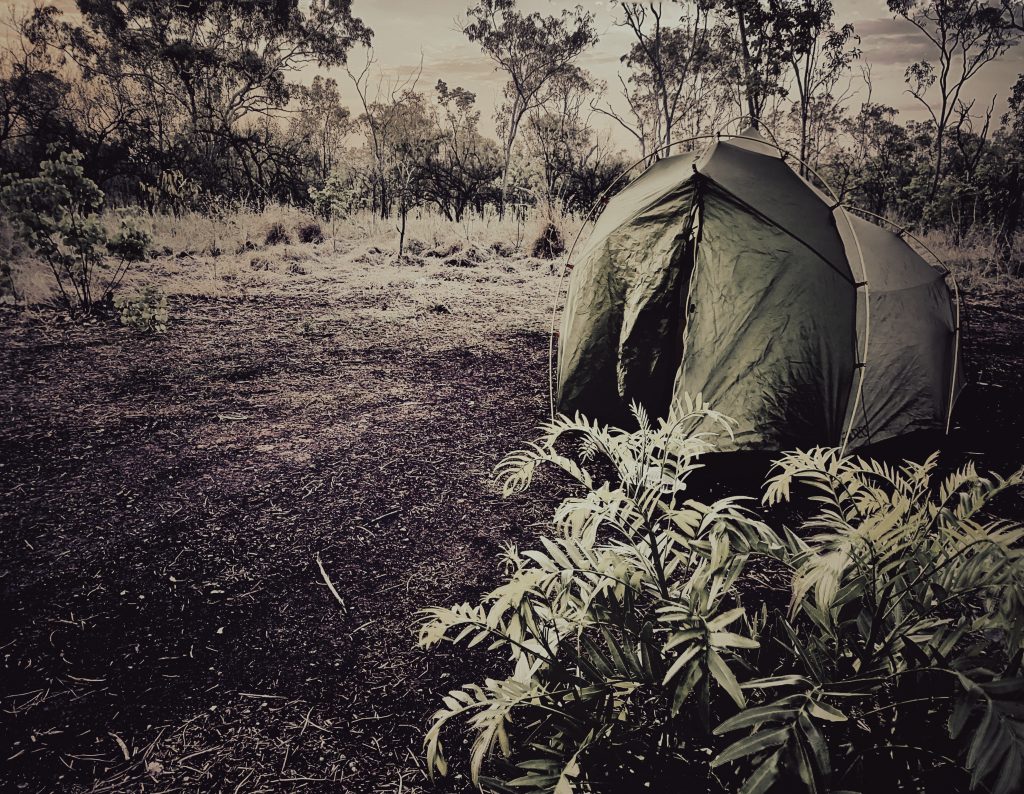
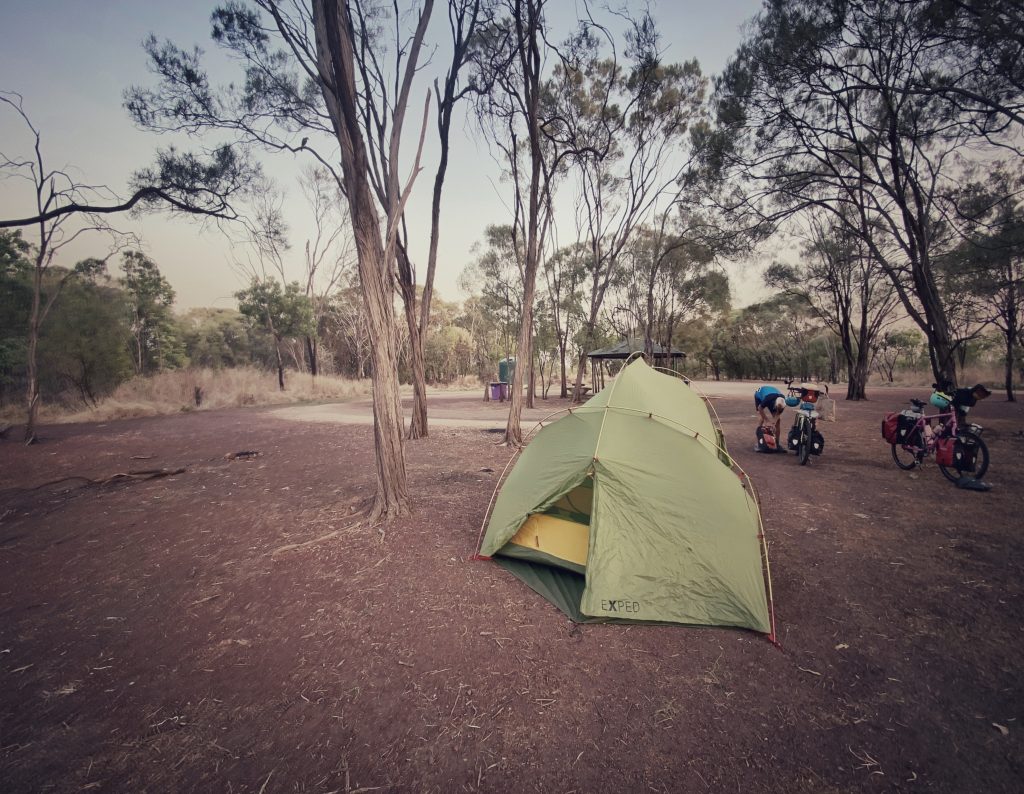
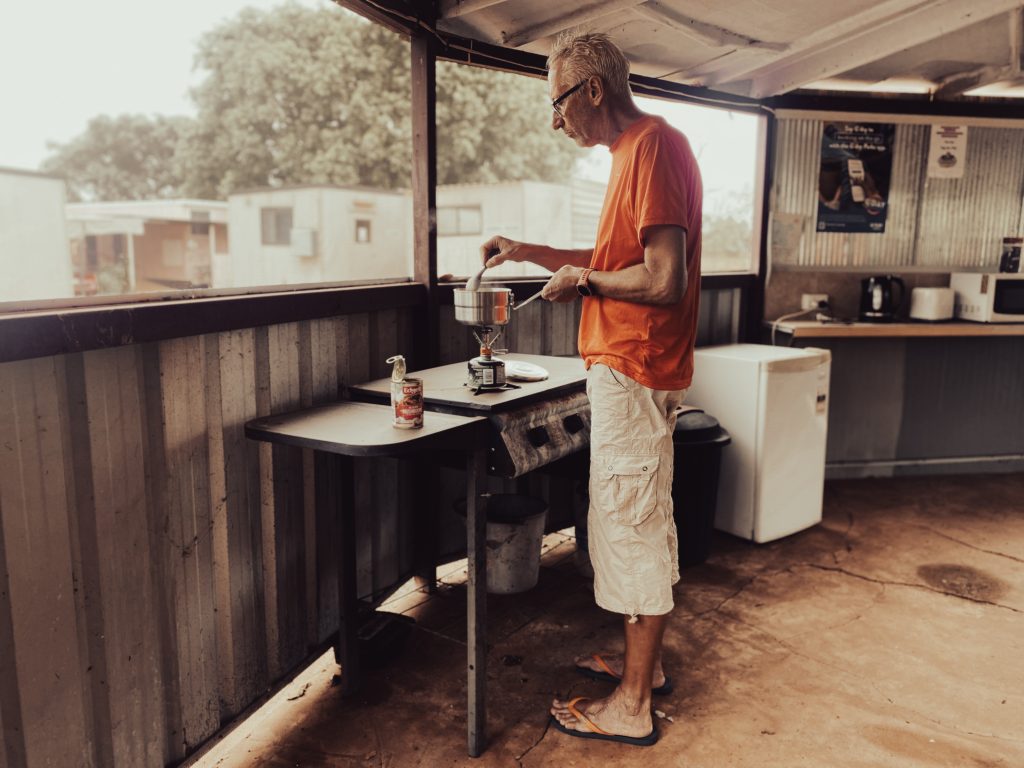
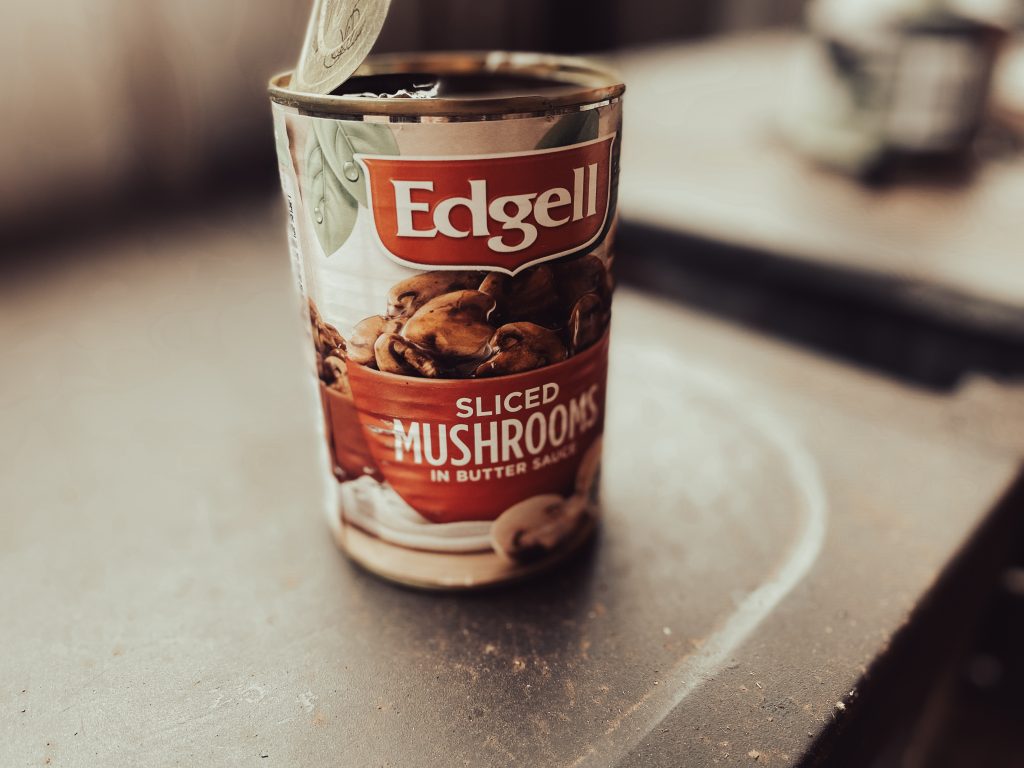
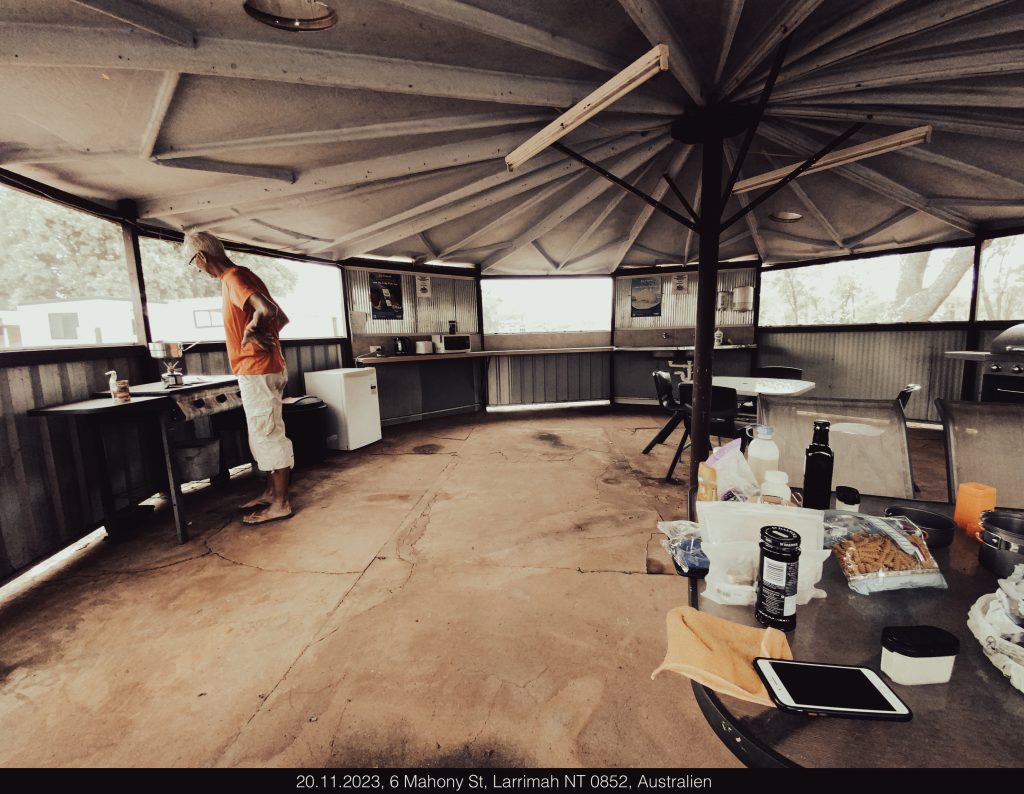
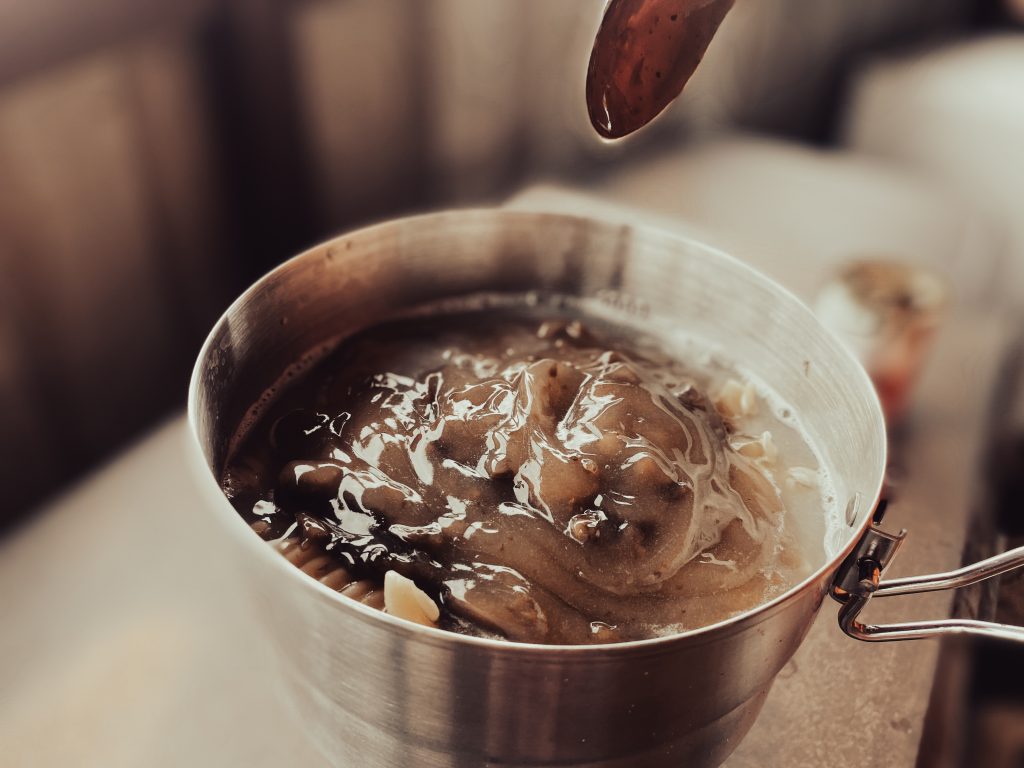
1 thought on “Outback – Did you have any good rain today?”
Comments are closed.